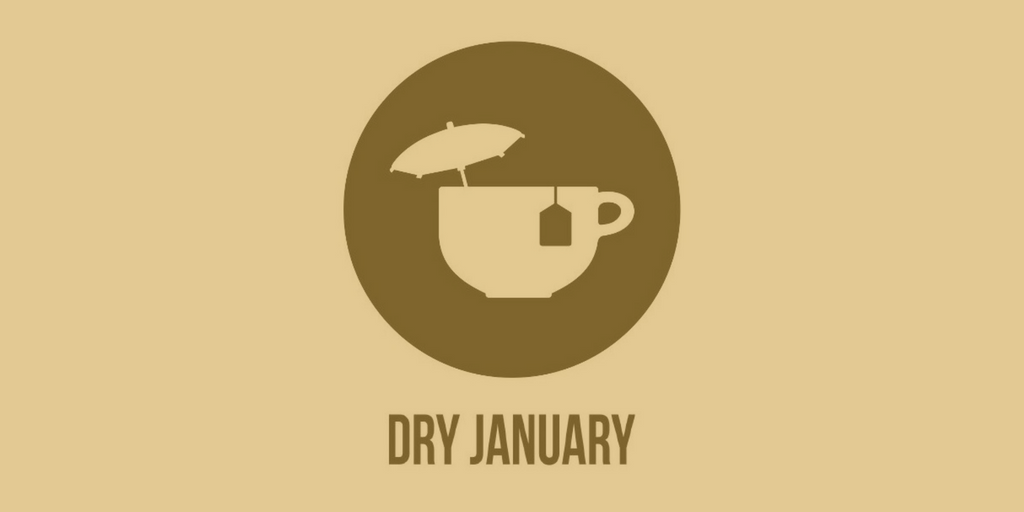This Northern Insight magazine contains an article by Chris Pipe, Director, Planning House which explores the demise of the public house.
With the party season behind us and needleless trees propped against overflowing bottle recycling bins, when thoughts turn to the age-old New Year’s resolution of being a healthier you, spare a thought for your local pub and the impact of Dry January.
There is no denying that pubs can play an important role at the heart of local communities. In many cases, they have historically provided social hubs amongst rural communities, and make a positive contribution to townscape and local identity. However, they can also be neglected by the same communities.
We’ve all noticed the closure of pubs in our local areas and there is lots of opinions as to WHY! Many believe it’s due to developer pressures, land values or the need for housing. However, the reasons for pub closures vary and my view is it’s generally down to other factors such as; the decrease in disposable income due to the recession, the smoking ban, costs of alcohol for example tax on alcohol which has consistently increased over the last 20 years, landlord ties to breweries and the availability of cheap supermarket alcohol for consumption at home.
I also believe there has also been a change in drinking culture with more people choosing to stay at home and the younger generation choosing to go out later heading straight to clubs rather than the traditional pub. However most importantly all these reasons lead to decreased patronage which is the ultimate pub killer!
“How does this relate to Town Planning”, I hear you muse
.
In 2011 the government introduced through the Localism Act a right for ‘groups’ to nominate land or buildings as Assets of Community Value, the most nominated buildings were understandably pubs and the consequence of the designation is that they cannot be disposed of without first being offered to the ‘group’ who nominated the building as an asset.
This was then strengthened in 2015 when permitted development rights for pubs which were designated as assets of community value were removed for 5 years, ensuring a further degree of protection for drinking establishments.
More recent changes to permitted development rights in 2017 have imposed restrictions to ensure changes aren’t made without planning consent to pubs even if they aren’t designated as assets of community value in the hope that public houses are not demolished or turned into another use such as a shop, generic high street unit, restaurant or café. This doesn’t stop development or closure of pubs, it requires a planning application to be embarked upon and approved to allow these changes of use and the status of a pub has in effect become a more desirable asset to save in the eyes of the government.
In my experience there have been many planning applications refused on the basis that a public house is an asset of community value (or perceived to be), and therefore should be retained and protected. Which I agree with ONLY IF the pub is a social anchor for a local community.
However, amongst these refused applications and in many cases subsequent appeals numerous pubs have been closed for a number of years; 10 years in one case without community concern until an application was submitted to change its use; the culprit for closures being lack of patronage.
In planning the term ‘Use it or Lose it’ is commonly associated with developers and perceived land banking however in my humble opinion the same should go for local pubs, so why not be a patron of the pub by using it as a social hub which in turn endorses that it is actually an asset for the community, and have a Merry Wet January.


